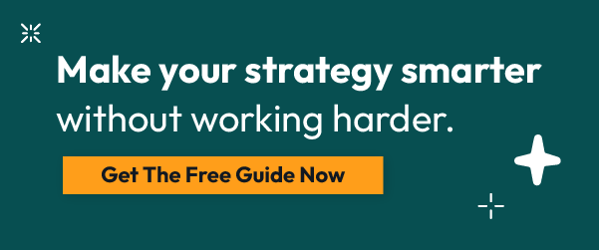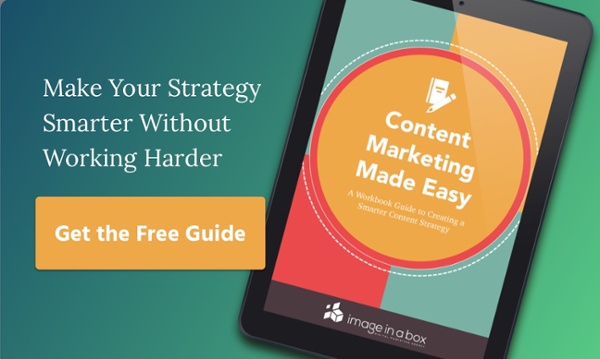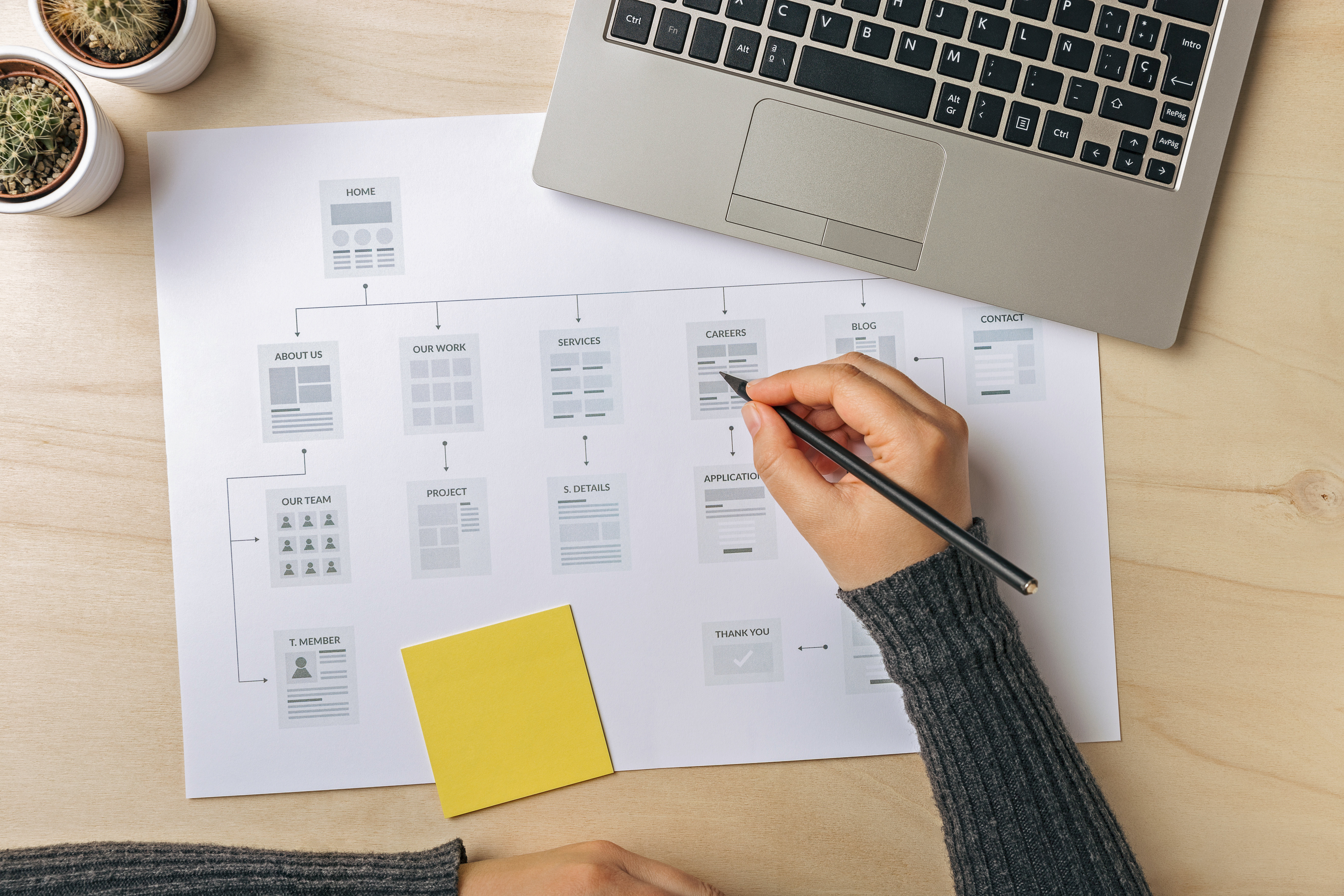Are you getting ready to work on a new website?
If so, you'll want to make sure that you first have a solid content plan in place.
Without a plan, you could find yourself overwhelmed on where to start and struggling to get the site over the finish line.
In this blog post, we'll share some easy tips for creating a content plan that will help your website succeed. Stay tuned!
1. Perform a Content Audit
Redesigning your website doesn’t necessarily mean you have to start from scratch with the content. By performing a content audit, you can identify repurposing opportunities and gaps in your content strategy.
You want to be as strategic as possible with your organization’s content so that your target audience will engage with your site. It’s best to establish a buyer persona (or donor persona for nonprofits) so that you know what topics are relevant to them.
When you audit your content, you want to document the following:
- Content Title
- Content Format (text, video, pictures, etc.)
- Content Performance (page views, how it did on social media, etc.)
- Likes/Dislikes (decide if it's worth keeping/editing or if it no longer fits in)
To take it a step further you can analyze who the content is targeted to and what buyer’s journey stage it is. This will help make sure that you have content for users who are still trying to learn about your brand and users who are ready to convert.
After you perform a content audit, you will be able to see what you’re missing and what you can reuse. It’s easier to assess all of your content after you lay it all out in one place.

2. Rough Out Your Sitemap
Your sitemap represents how your website content will be structured. This is where you determine what pages you’ll need and what will be on those pages. You will also decide on the categories that will appear on your main navigation.
To help get you started, here are some standard pages that are commonly seen on websites:
- Homepage
- About
- Contact
- Services/Products
Remember to put yourself in your target audience’s shoes and group pages into categories that would make sense to them. You want them to easily find what they’re looking for on your website.
For each page on your website, be sure to define what visual components you want on it and the overall goal of the page. For example, on your services or product page, the goal would be for your user to convert. The content and visual components on each page should tie back to your overall goal.
You can start drawing out your sitemap on a whiteboard or sheet of paper. Jot down the main ideas you want to see on each page. If you find that you are cramming a lot of content onto one page, then consider splitting it up. You don't want your user getting overwhelmed trying to find the content they're looking for.
3. Establish an Ongoing Content Strategy
After you decide on the content that’s necessary to have on your website pages, you’ll need to have a plan for creating content in the future. An ongoing content strategy will ensure that you continue to generate relevant content for your website visitors.
Here are some tips for getting started on establishing an ongoing content strategy:
It's worth putting a lot of careful, strategic thought into your content strategy planning so that you can make the most out of your new website.
These tips should help the content planning process seem less overwhelming. By auditing your current content, building a sitemap that makes sense for your users, and planning for your future content you are setting your new website up for success.
Get help through each stage
We've got you! Click below to download our free guide.


